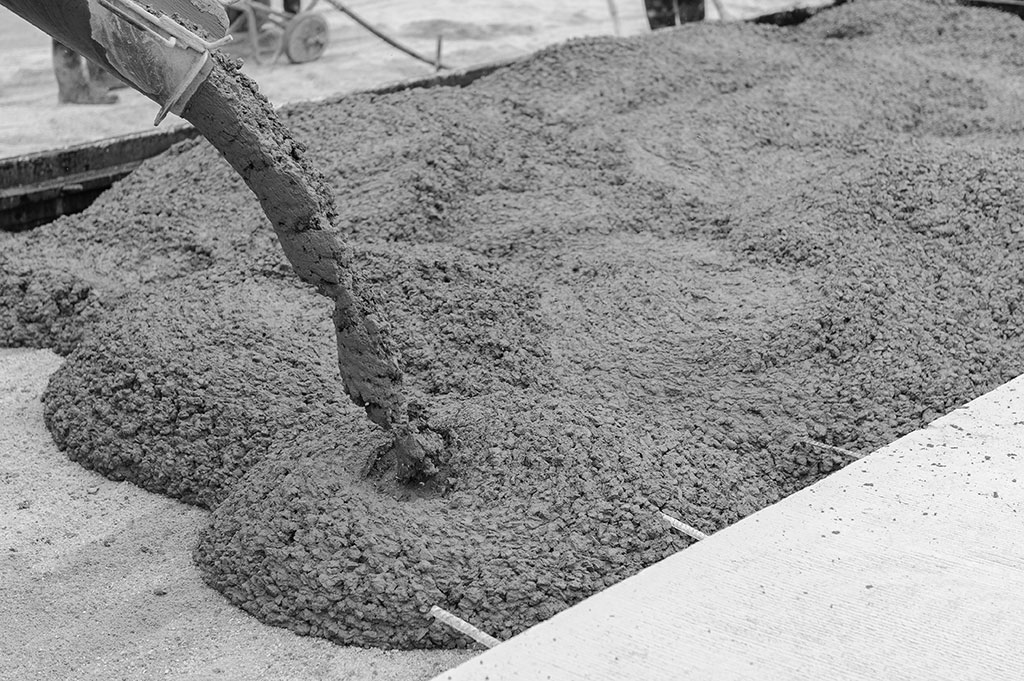What Is Concrete?

Concrete is one of the world’s most commonly used building materials, as it is versatile enough to form different shapes in molds poured into them. Concrete’s popularity also stems from its affordability and strong performance characteristics – durable construction can last decades before needing replacing!
Additives may be added for specific properties like handling frozen temperatures or extra durability.
It is a composite material
Concrete is an invaluable building material used in buildings, roads and dams alike. Additionally, its economic and versatile qualities make it highly sought-after. Concrete is composed of aggregate bonded together with fluid cement that cures over time to form an inorganic material with moldable properties; reinforced with metal rods or mesh to improve strength and durability and used as insulation that actually reflects heat instead of absorbing it.
Concrete is a mixture of aggregate (such as sand or gravel), Portland cement paste as the binder, water, and aggregates (typically sand or gravel), held together through chemical bonding process called hydration. Water determines properties such as strength and density while changing ratio of Portland cement to aggregate can adapt concrete to specific uses.
It is strong
Concrete is one of the world’s most versatile construction materials, used more frequently than steel, wood and plastic combined. Furthermore, its strength makes it highly durable; it can withstand enormous pressure without cracking; indeed it has even supported buildings which would have otherwise collapsed under pressure alone!
Concrete’s strength lies in its chemical bonds. Concrete is created through mixing cement paste and aggregates with air, water and other additives in specific proportions for maximum durability – an ingredient ratio which yields incredible building materials. Concrete slabs Melbourne is formed by mixing aggregate, cement and water together before pouring the mixture in its final location before it hardens.
Additions such as fly ash or ground granulated blast furnace slag may also be added to concrete to enhance its workability and durability, known as admixtures. They can alter fluidity levels of concrete mixes while hastening or delaying set times, as well as improving tensile and flexural strength of finished pieces of work.
It is flexible
Concrete is an adaptable building material that can be molded to virtually any shape imaginable. Composed of aggregates, water, and cement mixed together in a form of rocky jello-like consistency that can be poured into molds to form buildings, roads, dams, etc. It forms the basis of nearly all civil infrastructure that supports everyday human activities like raising families, working in offices or factories, mobilizing transportation networks, accessing water services and routing energy transmission lines.
Concrete is typically delivered from a concrete plant using large trucks with rotating drums that carry an assortment of ingredients and water, including various additives known as admixtures that increase fluidity without using too much water, while others strengthen it – one such admixture being superplasticizer; fiber concrete has also been utilized by military organizations as protective measure from enemy shelling attacks.
It is durable
Concrete is a widely popular building material because of its strength, durability, and adaptability. It can withstand seismic activity, severe weather and other environmental conditions while reflecting heat away and acting as an air conditioner to save energy in buildings and structures. Furthermore, it’s non-combustible and rodentproof – making concrete an attractive building material!
Concrete’s durability stems from its composition, curing process and strength. Concret is composed of water, Portland cement and aggregates mixed together into a workable paste which is then spread on desired locations to harden. Curing allows concrete not to dry too quickly and lose strength as a result.
Concrete stands up well against physical attacks from chemicals, abrasion, corrosion and other physical sources, remaining corrosion free for decades without needing maintenance. Concrete remains one of the world’s primary construction materials and will play an essential role in developing future infrastructure projects.
Concrete is one of the world’s most commonly used building materials, as it is versatile enough to form different shapes in molds poured into them. Concrete’s popularity also stems from its affordability and strong performance characteristics – durable construction can last decades before needing replacing! Additives may be added for specific properties like handling frozen…

